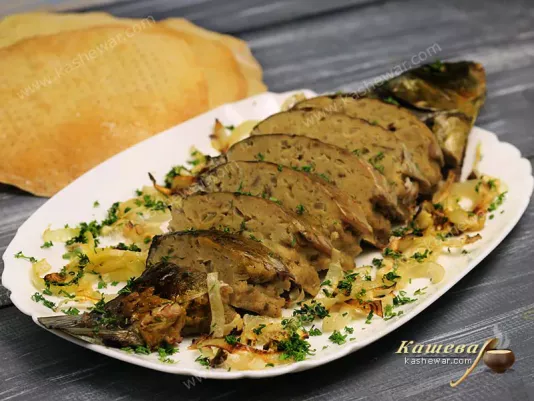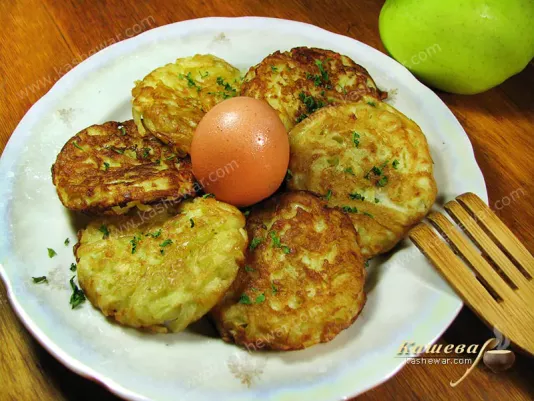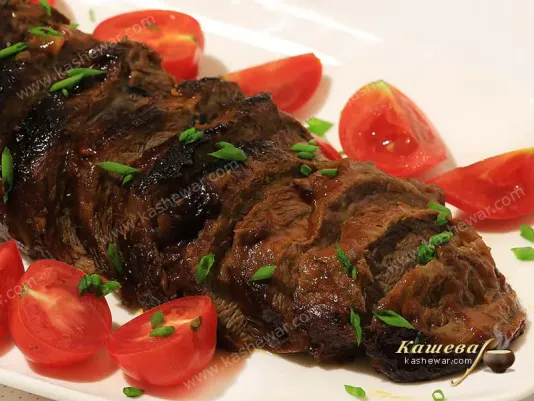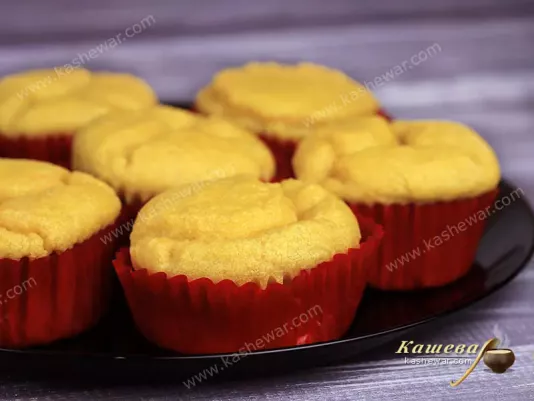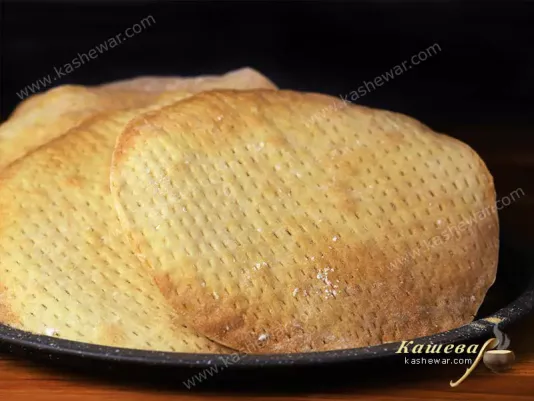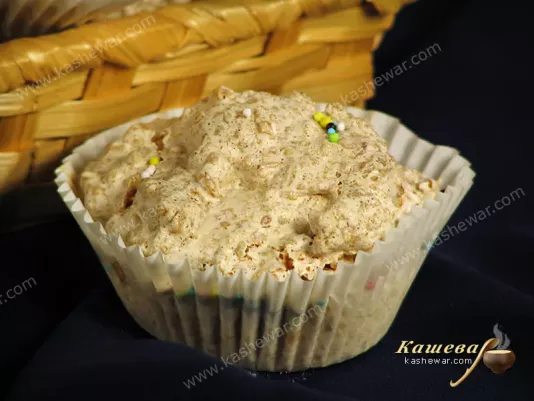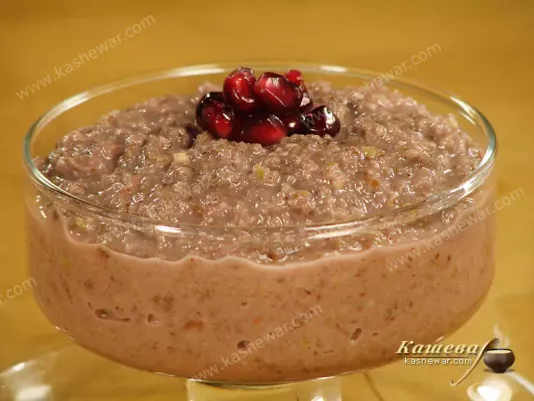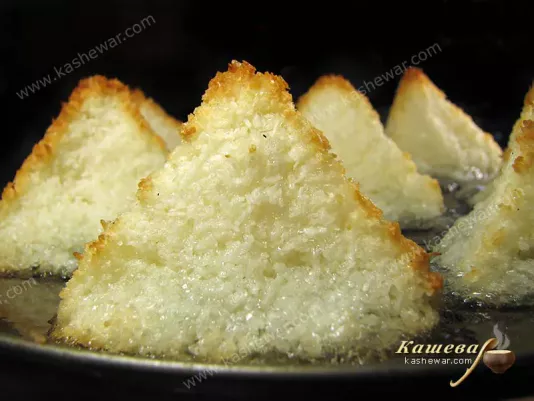Gefilte fish for Pesach – classic recipe for Jewish cuisine, difficult to cook, but very tasty food.
Recipes for Pesach

What to Cook for Pesach or Passover?
On Pesach or Passover, you can prepare different dishes of Jewish cuisine, but it is worth remembering that of all types of bread and pastries on Passover, you can only eat matzo - bread, the preparation of which does not use yeast. Matzo is the only permitted bread for Passover. But on the basis of the same matzo, you can prepare many holiday dishes for Passover - kneidls, matzo balls with mushrooms and meat, matzo pancakes, imberlach - matzo boiled in honey, chocolate matzo pudding and chocolate matzo rolls, sweet rolls of matzahs, matzah rolls and many other dishes. For Passover you can prepare gefilte fish - stuffed fish, pishtida, nut cake and apple dessert, charoset and potato latkes, coconut pyramids and coconut cookies, roast duck or chicken, egg salad with onions, poultry broth with ground matzo dumplings.
Pesach or Passover holiday
Pesach or Passover is a major Jewish holiday dedicated to the liberation of the Jewish people from Egyptian slavery. In addition, Passover is considered a holiday of spring, renewal, the awakening of nature and the liberation of man. Passover, like any other holiday, has many traditions, both religious and culinary. Pechach is celebrated for 7 days in Israel and 8 days if Jews spend it outside Israel. One of the main traditions of this holiday is the ban on any food that uses fermentation during its preparation. This tradition dates back to the exodus of the Jews from Egypt, when, due to haste, they were forced to eat bread made from unfermented dough. The ban applies to both bread and pastries, as well as drinks prepared by fermentation - for example, beer and much more. On the first day of Passover, a ritual family meal is held - a seder, during which ritual actions are carried out, prayers are read and traditional dishes are consumed in a certain order. If Passover is celebrated outside of Israel, the seder is held twice - on the first and second day of Passover.
Seder and Traditional Dishes for Pesach or Passover
A seder is held on Pesach or Passover; it requires a certain set of traditional dishes, each of which has a symbolic meaning. Dishes for the Passover seder are laid out on a special plate, called a kearah, in a specific order. In addition, there are three matzahs and four glasses of wine for each person nearby - also traditional dishes and drinks for Passover.
Six symbolic products are laid out on the kearu:
- bitter greens (maror) - chopped lettuce or horseradish, which should be consumed with the meat of the Passover sacrifice;
- meat (zroa) - a baked piece of meat with a bone, possibly a chicken throat, which symbolizes the Passover sacrifice;
- egg (beitsa) - a baked or hard-boiled chicken egg, peeled, which symbolizes another holiday sacrifice;
- vegetable (karpas) - boiled potatoes without skin, celery or onions;
- charoset - a dish of ground nuts, grated apples and red wine, which looks like a clay briquette, which symbolizes the labor of Jews in slavery, when they were forced to make bricks from clay;
- chazeret - ground horseradish, which is used to make matzah sandwiches.
Three matzos are placed separately, wine is placed in the amount of four glasses for each Seder participant, as well as a dish or other container with salted water. The order of the Seder is strictly regulated and represents a certain order of reading prayers, eating and drinking at the festive table.
